When it comes to enjoying the beautiful, sun-kissed shores of America, accessibility is key. For many individuals with mobility challenges, standard wheelchairs can make navigating soft beach sand an arduous task. Fortunately, a range of specialized solutions has emerged to bridge this gap. This article dives deep into the world of wheelchairs designed for beach sand, offering insights, tips, and a comparison of various products and services available across the USA.
Understanding Wheelchairs for Beach Sand
Beach wheelchairs are specially designed to handle sandy terrains, ensuring users can enjoy the beach experience without hindrance. Traditional wheelchairs often struggle with soft surfaces, making it difficult to move or even enjoy the beauty of the coastline.
What Makes a Beach Wheelchair Different?
Beach wheelchairs boast several distinctive features:
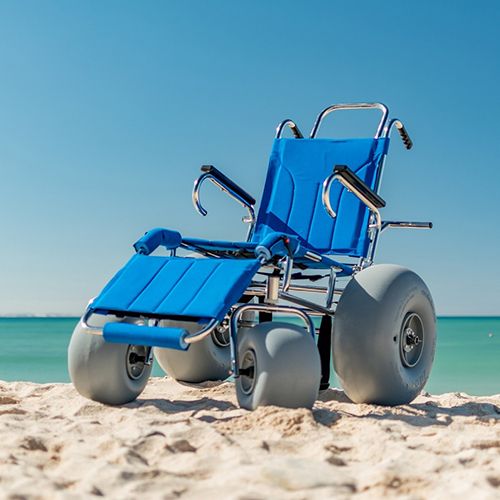
- Wider Wheels: Larger, balloon-like tires allow for smoother navigation over sand.
- Lightweight Materials: Made from durable yet lightweight materials to prevent sinking and ease transportation.
- Corrosion Resistance: Designed to withstand saltwater and sandy conditions.
The Importance of Accessibility at Beaches

In recent years, there has been a significant push for making public spaces, especially beaches, more accessible to everyone. Many states have implemented beach accessibility programs that include more than just wheelchair availability. This shift highlights the importance of inclusivity and ensuring everyone can enjoy nature, regardless of their physical limitations.
Cultural Experiences: Beach Accessibility Across the USA

From California’s sunny shores to Florida’s lively coastlines, beach accessibility is becoming a priority. Cities are increasingly introducing initiatives that provide accessible pathways and facilities. Some notable projects include:
- Oahu, Hawaii: The “Accessibility on the Beach” program includes beach wheelchairs available for rental.
- Miami Beach, Florida: Provides Mobi-Mats and beach wheelchairs, making the sandy shores accessible.
- Lake Michigan, Michigan: Offers accessible beach options with specialized wheelchairs.
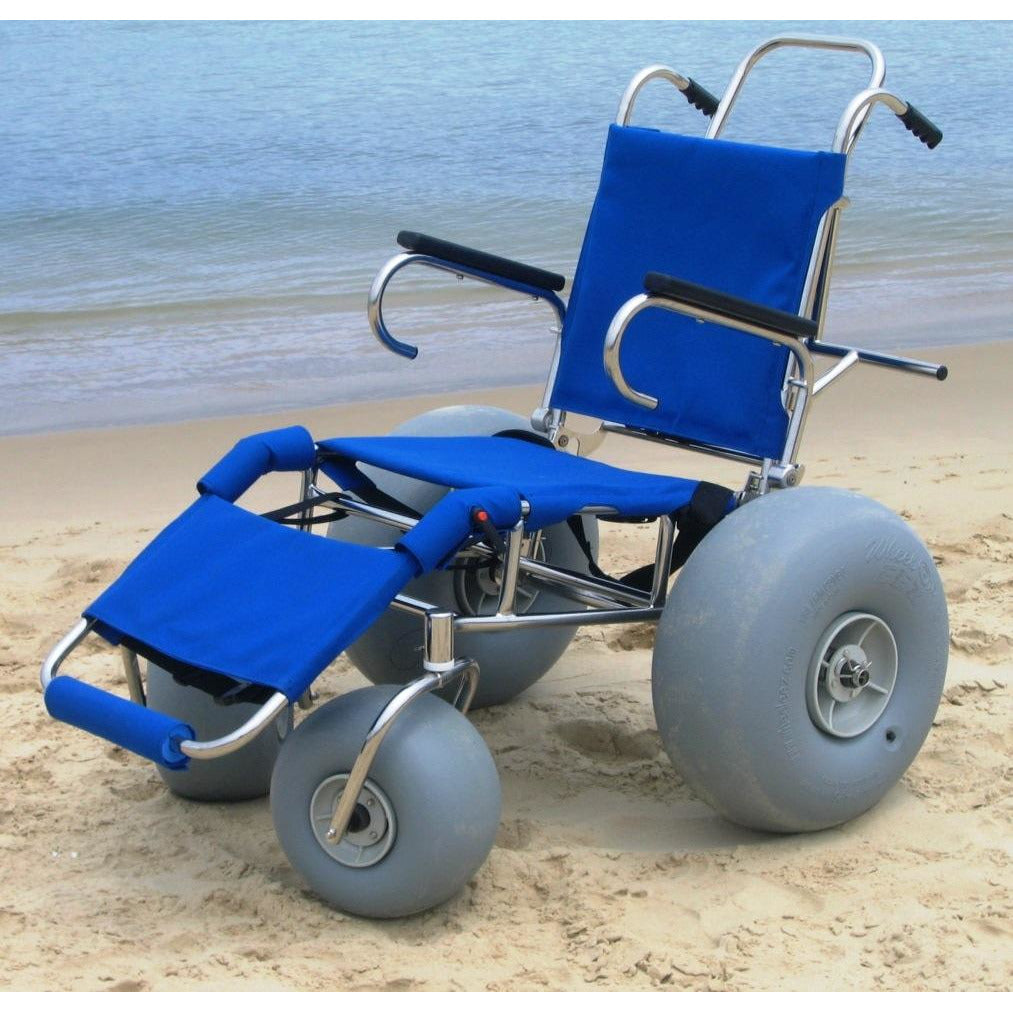
Types of Beach Wheelchairs
When it comes to choosing a beach wheelchair, there are various options available, each with unique features and benefits. Below, we compare different types to help you make an informed decision.

Comparison of Beach Wheelchairs
| Type | Wheels | Weight | Material | Cost | Pros | Cons |
|---|---|---|---|---|---|---|
| Standard Beach Wheelchair | Large, sand-friendly wheels | 30 lbs | Aluminum | $400 | Good stability | Can be heavy for some users |
| Chair with Floatation | Balloon tires | 25 lbs | Plastic | $650 | Allows for partial water use | More expensive |
| Portable Folding Wheelchair | Beach wheels | 20 lbs | Aluminum/Plastic | $300 | Easy to transport | Less sturdy |
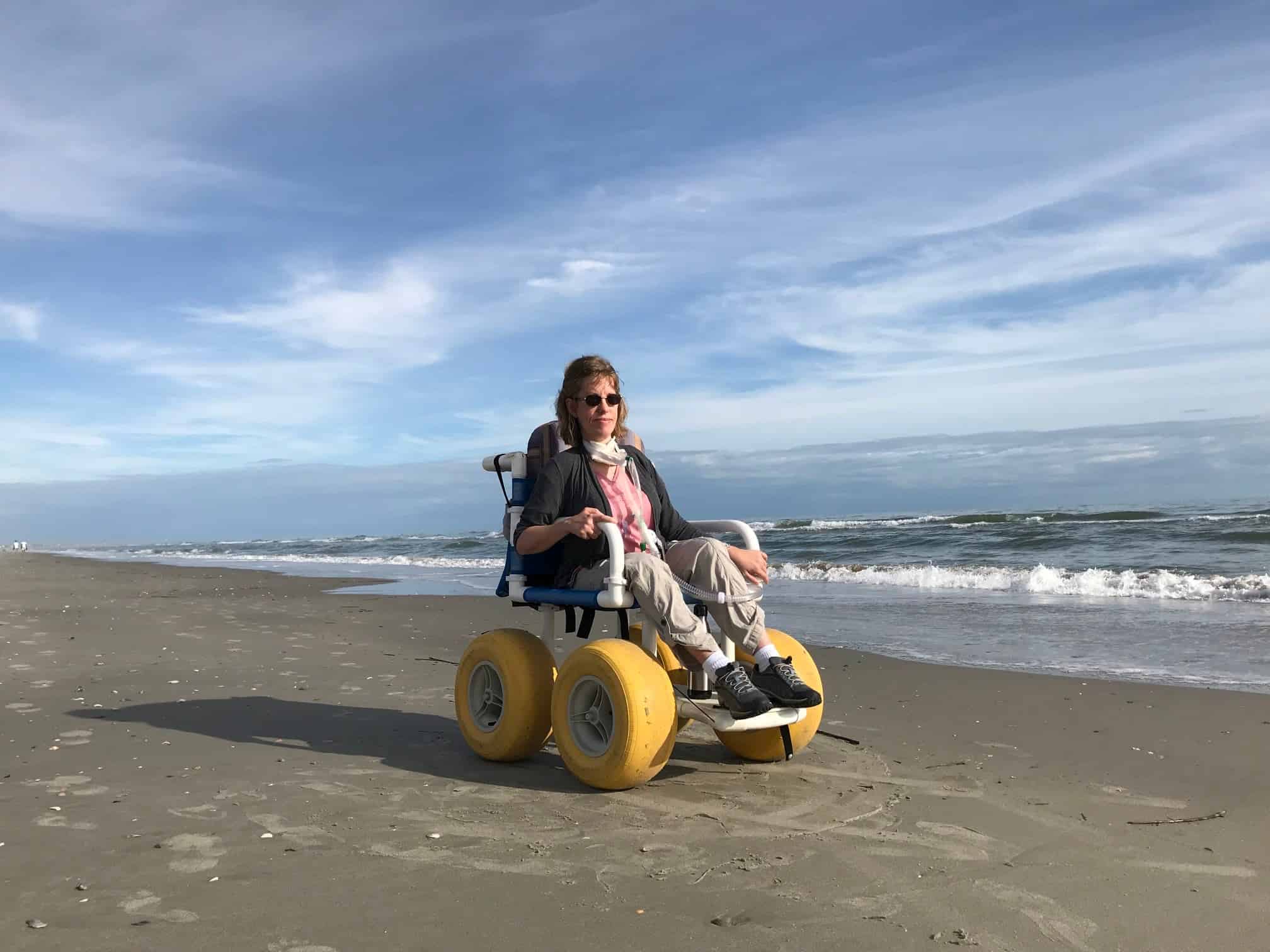
Top Companies and Services Offering Beach Wheelchairs
Here are some reputable companies and services providing beach wheelchair rentals and sales in the USA:
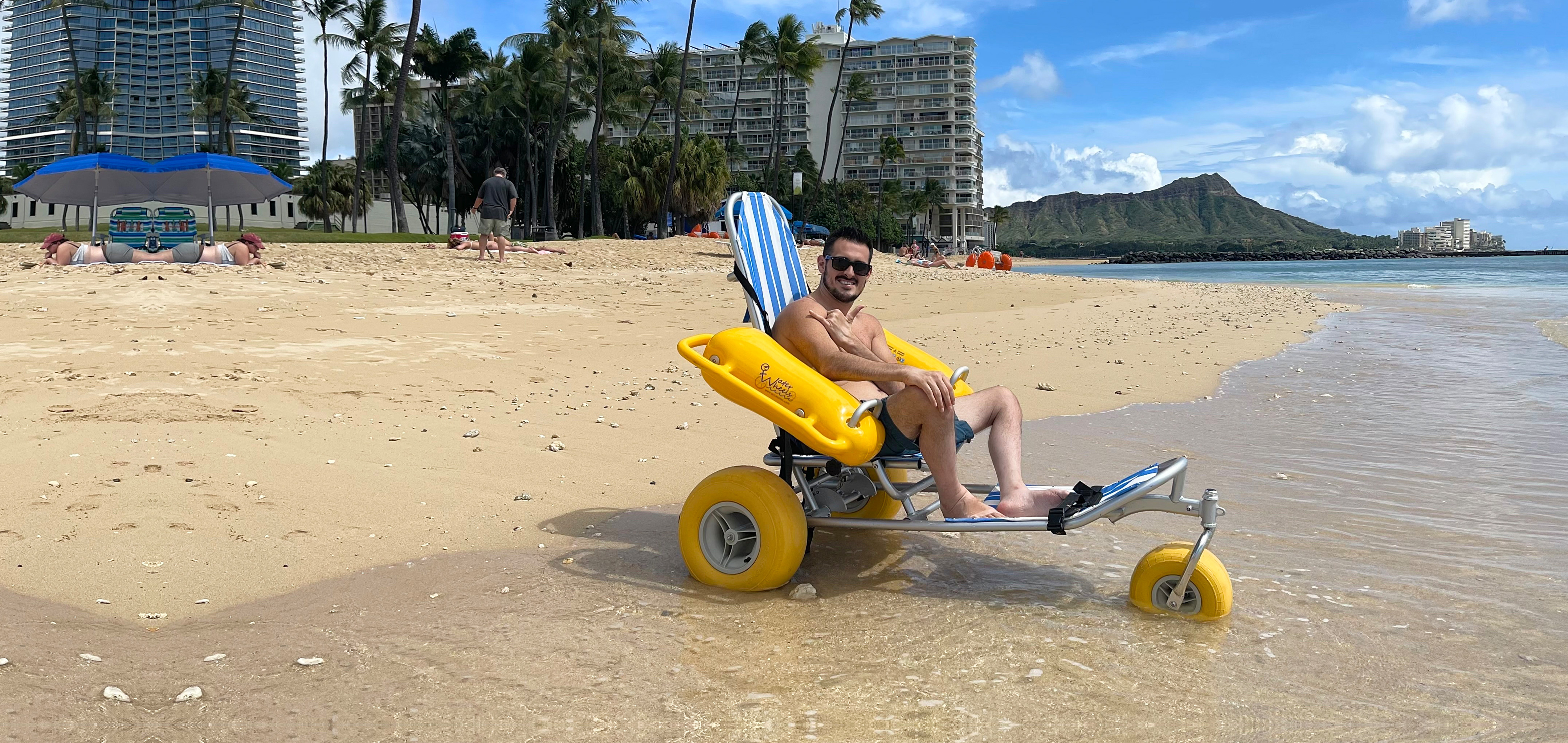
1. Beach Wheelchair Rentals
Service Overview: Typically, coastal towns provide rental options for beach wheelchairs. Many community services collaborate with local health organizations to ensure accessibility.
Popular Locations
- San Diego, California: Offers rentals at various beach locations.
- Gulf Shores, Alabama: Rentals available through local parks.
- Hilton Head Island, South Carolina: Accessible beach chairs available for rent.
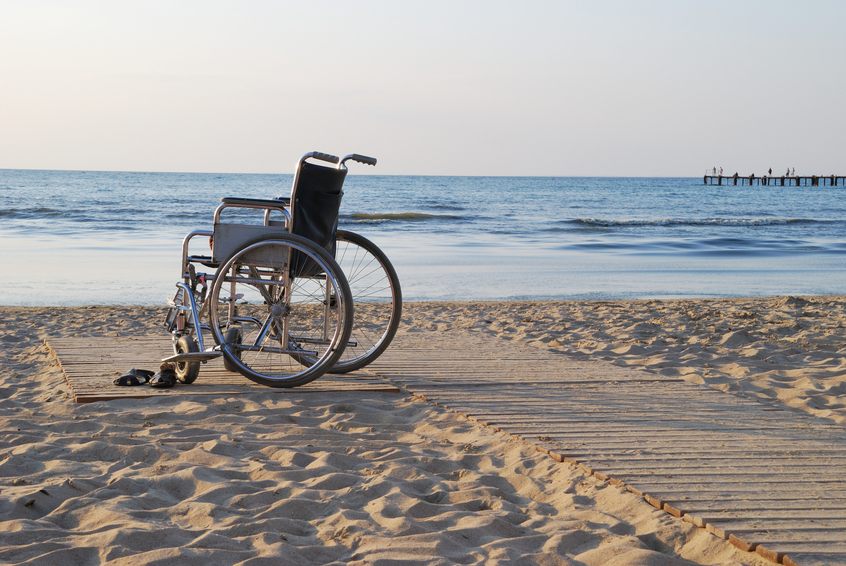
2. Wheelchair Experts & Design Companies
Some companies specialize in designing and manufacturing wheelchairs tailored for beach environments. These include:
- All Terrain Wheelchair: Specializes in custom wheelchairs for various terrains.
- BeachAbility: Offers rentals and sales of beach wheelchairs.
- Mobility WOD: Provides innovative mobility solutions, including beach wheelchairs.
How to Use a Beach Wheelchair Effectively
Using a beach wheelchair can vary depending on the model and design. Here are some tips to maximize your experience:
Tips for Beach Wheelchair Users
- Plan Ahead: Check local beach regulations and availability of rentals.
- Get Assistance: Have a friend or family member accompany you for better support.
- Practice Maneuvering: Familiarize yourself with the wheelchair’s controls and handling in sand before venturing far.
Pros and Cons of Using Beach Wheelchairs
Like any product, beach wheelchairs have their advantages and disadvantages. Here’s a closer look:
Pros
- Enhanced mobility on sandy terrains
- Increased access to beach facilities and activities
- Promotes independence and enjoyment of the outdoors
Cons
- Can be heavier than standard wheelchairs
- Potential costs associated with rental or purchase
- Limited availability in some regions
FAQs About Wheelchairs for Beach Sand
1. Can I rent a beach wheelchair?
Yes, many beaches across the USA offer rental services for beach wheelchairs, often provided by local organizations or beach facilities.
2. Are beach wheelchairs suitable for all types of sand?
Beach wheelchairs are designed specifically for soft sand, but performance may vary depending on the density and moisture of the sand.
3. How much does a beach wheelchair typically cost?
Prices can range from $300 to $650, depending on the design, features, and materials used.
4. Can I use a beach wheelchair in the water?
Some beach wheelchairs are designed for partial water use, but it’s essential to check with the manufacturer for specific features.
Conclusion
Beach wheelchairs are tremendous enablers for individuals needing mobility assistance, providing access to the joys of sandy shores and ocean waves. With numerous options available for purchase or rental, there’s no reason to feel excluded from the beach experience. Whether you’re enjoying a sunny day with family or soaking in the serene sounds of the ocean, a beach wheelchair can enhance your enjoyment and make your day at the beach accessible and memorable.
For further information on beach accessibility programs and resources, consider visiting the following links:
Embrace the beach with newfound freedom, and let the waves wash away your worries!